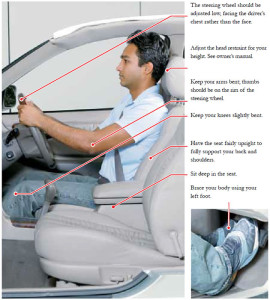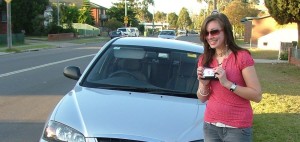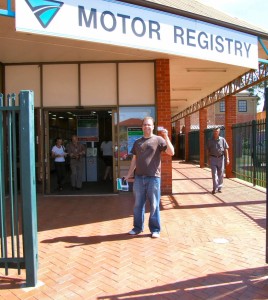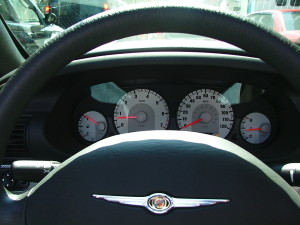CRASH AVOIDANCE SPACE
A safe low risk driver maintains a crash avoidance space completely around the
vehicle. The crash avoidance space is managed by adjusting the vehicle’s speed and
road position.
To determine the crash avoidance space to the front of the vehicle you need to
take into account two key factors – reaction time and response time.
Reaction time is the time the driver needs to:
• See the information.
• Perceive what it means.
• Decide on a response.
• Instigate that response.
A driver who is fit, concentrating, alert and not affected by alcohol, drugs, fatigue
or a distraction, will still require about one and a half seconds to react to a hazard.
Response time is the time required to take action. Generally a minimum of one
and a half seconds is needed to respond. In many situations braking may be the
only possible response. Swerving is rarely appropriate and can result in a more
severe crash, for example a head-on collision.
A total of three seconds crash avoidance space is needed to react and respond to a
situation in front of you. You may need even longer in poor conditions such as in
rain or darkness.
The three-second gap, explained on the next page, can be used when following
another vehicle or if there is potential for something to move into your crash
avoidance space.
FOLLOWING ANOTHER VEHICLE
To calculate a three-second crash avoidance space when following another vehicle
use this basic technique. As the rear of the vehicle in front of you passes an object
at the side of the road such as a power pole, tree or sign, start a three-second
count ‘one thousand and one, one thousand and two, one thousand and three’.
If your car passes the object you picked before you finish the three-second count,
you are following too closely. Your crash avoidance space is not large enough. Slow
down, and repeat the count again until the three-second crash avoidance space is
achieved.
In poor driving conditions, such as rain, night and gravel roads, it may be necessary
to increase your crash avoidance space to four or more seconds.
To reduce the risk of driving into the rear of a vehicle, the three-second crash
avoidance space is essential, as the vehicle in front has the potential to stop very
quickly if it collides with another vehicle or stationary object
THE THREE SECOND GAP WILL CHANGE DEPENDING ON YOUR SPEED.
The following table shows the crash avoidance space needed for these speeds
Speed Crash avoidance space
60 km/h 50 metres
80 km/h 67 metres
100 km/h 84 metres
110 km/h 92 metres
POTENTIAL FOR SOMETHING TO MOVE INTO THE CRASH AVOIDANCE SPACE
The three-second gap can also be used for situations where there is potential
for something to move into your crash avoidance space; for example a car in an
adjacent street could fail to give way and pull out in front of you.
Safe low risk drivers experienced in maintaining a three-second following distance
are able to mentally judge a three-second crash avoidance space in front of their
vehicle. If there is potential for a hazard to enter this crash avoidance space, reduce
your speed to create a buffer. It is necessary to maintain the crash avoidance space
for all potentially hazardous situations, including blind corners and crests.
Many of the crashes that occur each day in NSW could be avoided if drivers
actively maintained their crash avoidance space.




